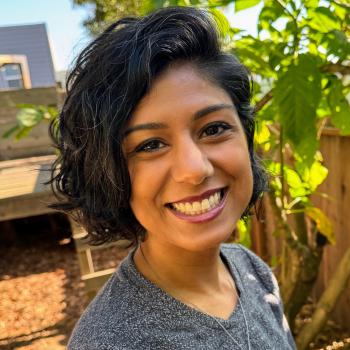Article
Open Up and Say "Ahhh!" - Better Sleep for Kids with Sleep Apnea?
Author(s):
New research indicates that adenotonsillectomy helps children with sleep apnea sleep better, reduces restlessness and impulsivity, and improves their quality of life

Do children develop sleep apnea? Up to 10% of children do, and it can create cardiovascular, growth, cognitive, and behavioral deficits. New research indicates that adenotonsillectomy can help these children sleep better, reduce restlessness and impulsivity, and improve quality of life. More than 500,000 adenotonsillectomies are performed annually on children, primarily for sleep apnea. However, researchers have not studied surgery’s effect on cognition and behavior until now.
Researchers presented findings from the Childhood Adenotonsillectomy Trial (CHAT) at the American Thoracic Society 2013 on May 21. The multi-center study compared surgery to watchful waiting (general supportive care and observation) in children at seven sleep facilities across the United States.
“This is the first rigorous, controlled evaluation of a commonly performed treatment for childhood sleep apnea, in terms of looking at functional outcomes,” said Susan Shurin, MD, a pediatrician and deputy director of the NIH’s National Heart, Lung, and Blood Institute (NHLBI). “This study provides additional data that can help parents and providers make more informed decisions about treating children with this disorder, and it identifies additional areas of research.”
CHAT enrolled 464 children (aged 5 to 9 years) who were diagnosed with obstructive sleep apnea syndrome. About half the children were black and approximately one-third were obese; obstructive sleep apnea occurs more often in these children compared with children of other races or children of normal weight.
Further, there has been uncertainty about surgery’s role for sleep apnea treatment in obese children. At enrollment, psychometricians evaluated both groups of children on their cognition (primarily attention and organizational skills). In addition, caregivers and teachers evaluated the children’s behavior and quality of life, and sleep studies were conducted. Researchers randomly assigned them to adenotonsillectomy within a month of enrollment or watchful waiting. After seven months, the researchers reevaluated the children.
Although both groups’ cognitive abilities remained the same after the study, children who underwent adenotonsillectomy demonstrated improved sleep quality and behavioral regulation. They also seemed to be more active and less sleepy during the day. Beneficial effects were observed even among overweight children.
In the surgery group, 79% of children had resolution of their sleep apnea at seven months. In the watchful waiting group, only 46% did. This suggests that reassessment after a period of observation may be a valid therapeutic option for some children, especially if they have only mild symptoms. Children with the most severe sleep apnea syndrome and very young children were excluded from this study; the results should not be extrapolated to these groups.
The New England Journal of Medicine published the study.
Tonsillectomy has been in the news for other reasons lately. Two recent studies have raised awareness of deaths and anoxic brain injury after tonsillectomy, and will alter future presentations of the risk-benefit discussion for adenotonsillectomy in children. These studies report that most deaths occurred from presumed sleep apnea at home or in another unmonitored setting. Tonsillar-bed hemorrhage—the cause researchers thought would be most likely—was not a concern.
One study reports that most events (55%) occurred within the first 48 hours after surgery. Otolaryngologists who reported performing <200 tonsillectomies per year were more likely to report an event. Experts recommend an overnight hospital stay in a monitored environment and appropriate narcotic after adenotonsillectomy.




